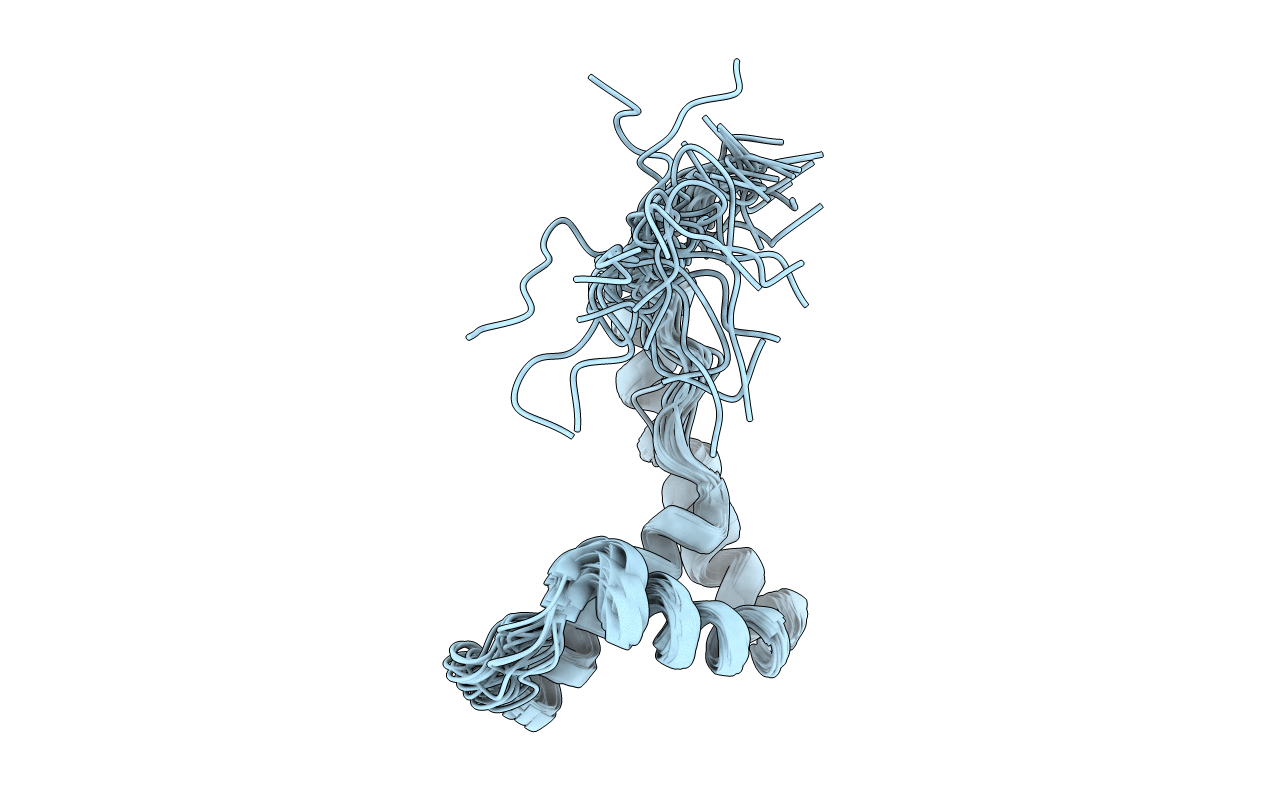
Deposition Date
2013-09-12
Release Date
2014-03-05
Last Version Date
2024-10-30
Method Details:
Experimental Method:
Conformers Calculated:
40
Conformers Submitted:
20
Selection Criteria:
structures with the lowest energy


